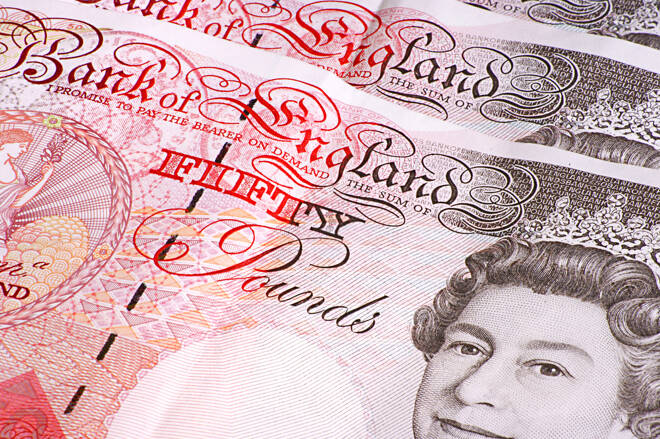Advertisement
Advertisement
UK Stats Sink the Pound, with the FTSE100 Set for an Early Fall
By:
Economic data from the UK showed slower economic growth in February, with inflation figures from China suggesting more trouble ahead.
It was a busy morning on the UK economic calendar. GDP, manufacturing and industrial production, and trade data were in focus this morning.
In February, industrial production fell by 0.6% and manufacturing production by 0.4%. Economists had forecast both to increase by 0.3%.
GDP numbers also disappointed. In February, the UK economy expanded by just 0.1%, falling short of a forecasted 0.3%. The economy grew by 0.8% in January.
According to the Office for National Statistics,
- Services grew by 0.2% and was the main contributor to growth.
- Tourism-related industries were the key drivers.
- Production fell by 0.6% and construction by 0.1%.
- The monthly GDP is 1.5% above its pre-COVID-19 pandemic level, driven by a rebound in service sector activity.
- Services is up 2.1% above its pre-coronavirus level, while production is 1.9% below.
Things were not much better on the trade front, with the UK’s Non-EU trade deficit widening from £11.64bn to £12.14bn.
Market Impact
Ahead of today’s stats, the Pound had risen to a pre-stat and a current-day high of $1.30398 before hitting reverse.
In response to today’s stats, the Pound tumbled from $1.30211 to a current-day low of $1.29888 before finding support.
At the time of writing, the Pound was down 0.26% to $1.30002.
Things were not much better for the FTSE100 ahead of the open.
At the time of writing, the FTSE100 Futures was down by 12.5 points to 7,608.00, with the DAX and the CAC40 also set to open in the red.
China inflation figures from earlier in the day and news updates on China’s lockdown measures were market negative.
In March, China’s annual rate of inflation picked up from 0.9% to 1.5%, with sanctions on Russia and China’s response to rising COVID-19 cases pressuring supply chains. Economists had forecast an annual inflation rate of 1.2%.
About the Author
Bob Masonauthor
With over 28 years of experience in the financial industry, Bob has worked with various global rating agencies and multinational banks. Currently he is covering currencies, commodities, alternative asset classes and global equities, focusing mostly on European and Asian markets.
Advertisement
